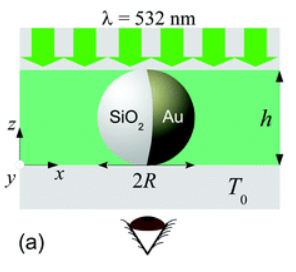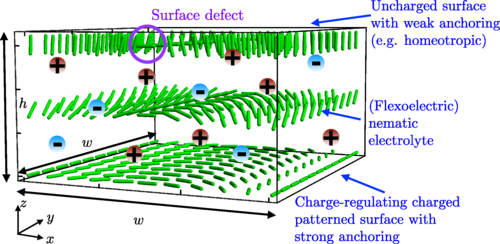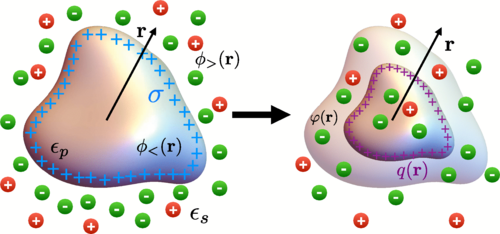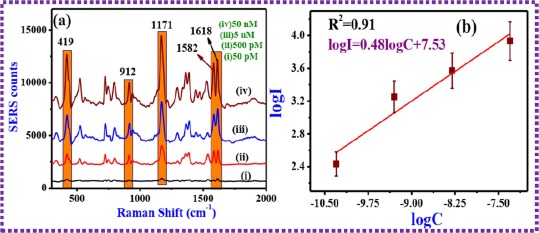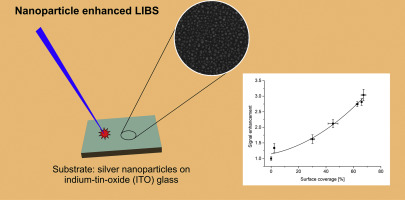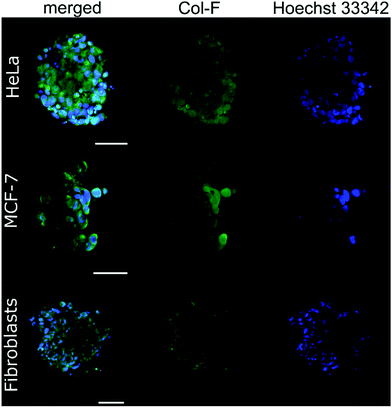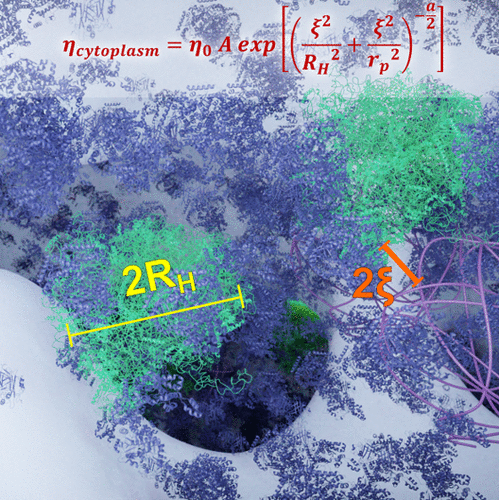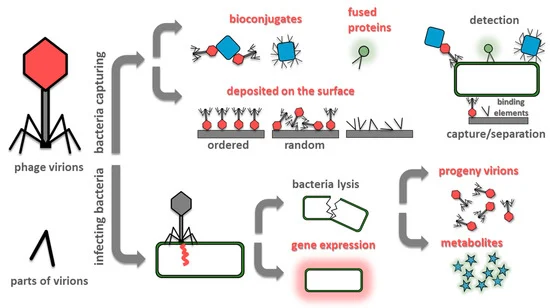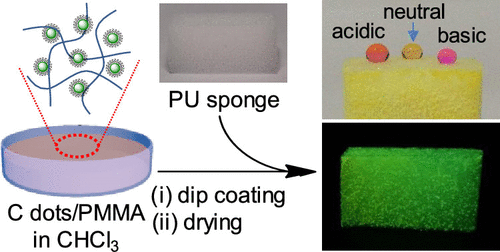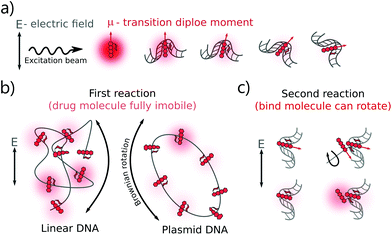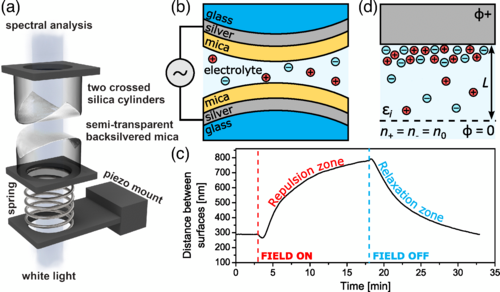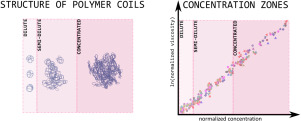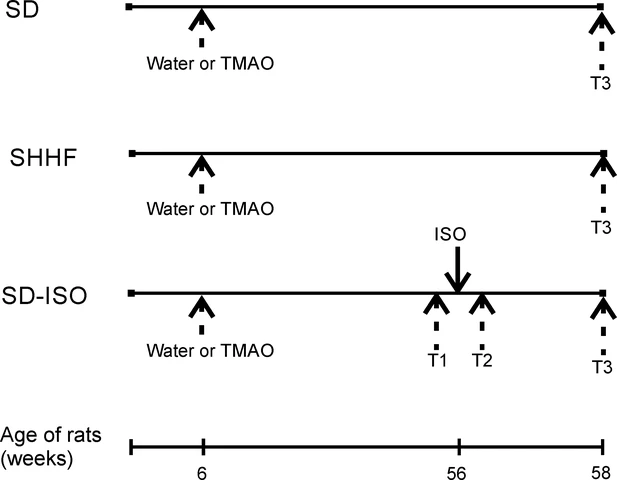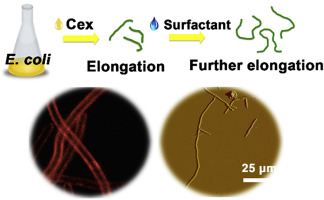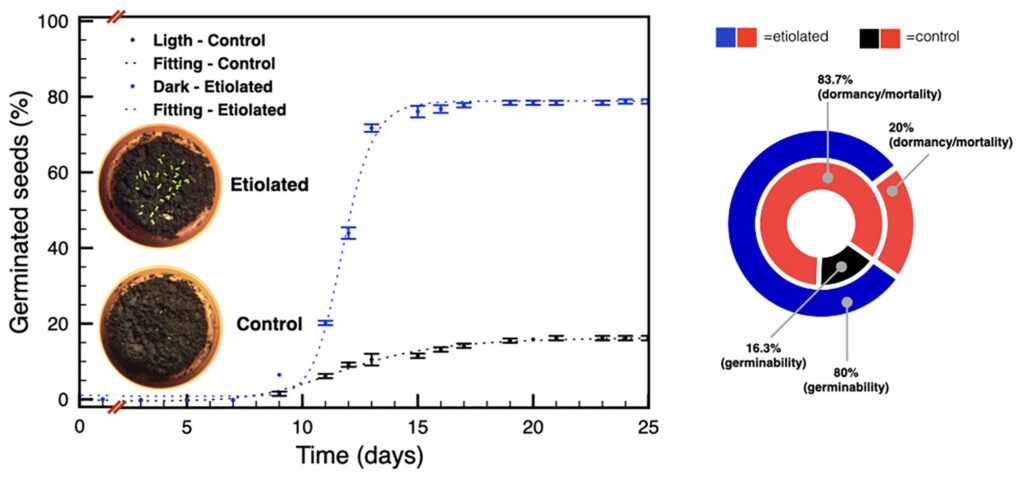
The Impact of Fruit Etiolation on Quality of Seeds in Tobacco
D. Farci, P. Haniewicz, E. Cocco, A. De Agostini, P. Cortis, M. Kusaka, M. C. Loi and D. Piano
Front. Plant Sci., 08 October 2020
Seed’s maturity and integrity are essential requirements for germination, and they rely on nutrients availability and a correct phytohormones’ balance. These aspects are prerequisites for prompt germination at the end of the dormancy period and strictly depend on chloroplast metabolism and photosynthesis. In the present work, capsules of Nicotiana tabacum were grown in dark during the whole post-anthesis period. Among others, photosynthetic rates, dormancy, and phytohormones levels in seeds were found to be significantly different with respect to controls. In particular, etiolated capsules had expectedly reduced photosynthetic rates and, when compared to controls, their seeds had an increased mass and volume, an alteration in hormones level, and a consequently reduced dormancy. The present findings show how, during fruit development, the presence of light and the related fruit’s photosynthetic activity play an indirect but essential role for reaching seeds maturity and dormancy. Results highlight how unripe fruits are versatile organs that, depending on the environmental conditions, may facultatively behave as sink or source/sink with associated variation in seed’s reserves and phytohormone levels.

